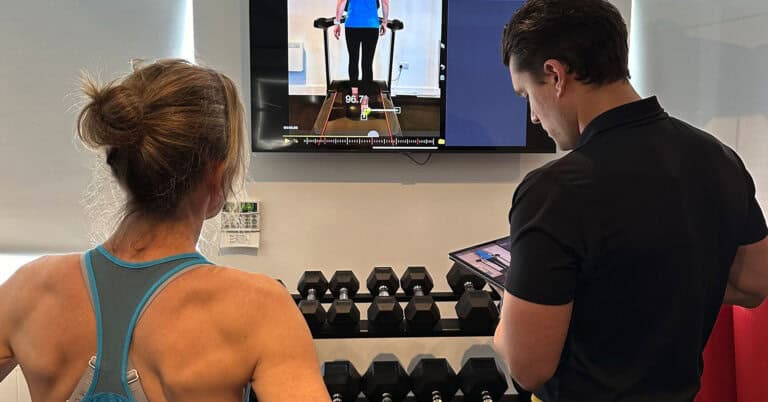Most people know their body is mostly made of water, but it’s not easy to maintain it in an optimal state, although your body does just fine on its own if you’re wanting to simply survive. Thankfully, humans are great at survival, but when it comes to thriving, we often struggle to self-optimize.

Why Being Hydrated Is Important
It’s important to stay hydrated for several reasons. One of the most important is to reduce stress on your body. Water and electrolytes are essential for life and are resources that we take for granted. It turns out that keeping water in our bodies is very costly in terms of energy. To preserve water and electrolytes, our kidneys will spend a large amount of energy operating pumps that transport water and electrolytes back into our body. Additionally, our heart has to work harder to keep the fluids moving at the same rate as before those fluids are lost, which can put extra strain on your cardiovascular system. Our brain is one of the most water filled organs in our body, as nearly 80% of it is water.
Here are several practical benefits of maintaining your hydration levels at optimal: improved brain function, improved recovery from exercise, more energy throughout the day, improved digestion, healthier skin, improved sports performance, reduced bloating.
Euhydration
“Euhydration” is a state of hydration that isn’t too little, and isn’t too much, it’s just right. It involves a balance of water and soluble molecules, most importantly are electrolytes (sodium, potassium, chloride, magnesium). Thankfully we have a system that maintains our fluids above the threshold of death with a gentle urge to drink when we are getting low. However, this system may not be sensitive enough to run an optimal body. In fact, by the time you’re thirsty, you’re likely already 1.5L away from the optimal zone.

How do you know when you’re in a state of Euhydration?
At the risk of being vulgar, one of the best methods is to look at your urine first thing in the morning. Clear urine may well be indicating that you’re too hydrated, whereas darker shades of yellow to dark yellow may be telling you to drink more fluids. Searching online can direct you to what “too light” and “too dark” look like. If you’re scientific, you can purchase urine test sticks from any drug store and test the “osmolality”, which is a measure of solutes dissolved in water. Optimally it should be 1.020g/mL^1. It’s worth mentioning, vitamins can change the color of your urine, so best to either avoid taking them for a couple of days while you scope out your color, or better yet, try the scientific route.
What if you exercise and sweat a little?

What if you exercise and sweat a lot, and it’s hot outside? More appropriately for this time of year, what if you exercise and it’s cold outside but you sweat more inside your clothes than you would have otherwise? What if you are older and your sensitivity to dehydration goes down? You will need a way of finding out how much fluid you have lost and how to go about replacing it.
Dehydration, technically, is defined as a loss of more than 2% of your body weight, assuming you were in a state of euhydration to begin with. This means that if you weigh 68kg, and you are 1.3kg lighter after a workout, you are dehydrated and need to drink up. How much? You should drink 450ml – 680ml ounces for every pound of weight loss, and if you’ve exercised more than an hour, you’ll want to include some electrolyte and glucose to go along with it; preferably in the form of fruit and/or vegetable rather than artificial means.
How do you know if you’ve somehow lost 2% of your bodyweight in fluids?
The best method is to establish a baseline by getting yourself hydrated, and then weigh yourself first thing in the morning after your first urine void in the nude. You should do this 3 mornings in a row and try to keep your diet and hydration levels consistent during this time. This allows you to determine after each activity or workout how much fluid you’ve lost so that you can begin replacing it. Ideally, you would have been drinking fluids throughout your workout, somewhere in the range of 170 – 355 ml per 15 minutes of activity.

How to get started with euhydration:
- Start by measuring how much water you ingest in 24 hours. Carry a big water bottle around with you all day and measure how much you drink.
- If you exercise, figure out how much fluid you lose during it by doing a pre- and post-workout weight in the nude. Don’t sweat much? Try anyway, you might be surprised.
- Follow the recommended intake for fruits and vegetables each day to keep up on your electrolytes.
- Aim to drink half of your body weight in ounces of fluids in a day (if you weigh 68kg, drink 2.1 L per day). All liquids count towards this number, but most should be water.
Always speak with your doctor first if you have concerns about fluid intake.


